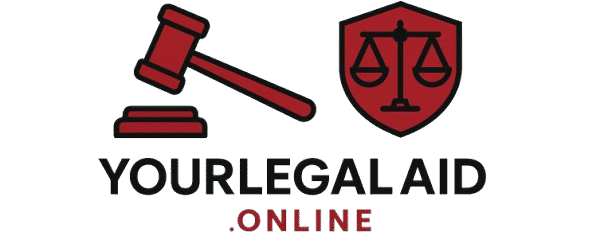In the world of law and legal practice, documents are the backbone of communication, evidence, and compliance. Among the most significant legal documents are affidavits and declarations. Though similar in purpose, they have important differences. Understanding these documents, and how they are drafted, is crucial for individuals, businesses, and legal professionals alike.
What is Legal Drafting?
Legal drafting means the precise and careful preparation of documents used in legal proceedings, business transactions, and official records. These documents:
- Record facts or agreements
- Establish rights or obligations
- Serve as evidence in court
Drafting demands clarity, accuracy, and proper legal language to avoid ambiguities that could lead to disputes.
Affidavits: Definition and Purpose
An affidavit is a written statement of facts, voluntarily made under an oath or affirmation, and signed before a person authorized to administer oaths (such as a notary public, magistrate, or commissioner of oaths).
Key Features:
- Sworn Statement: The person making it, called the deponent, swears that the contents are true.
- Legal Weight: Because it is sworn under oath, giving false information in an affidavit can lead to charges of perjury.
- Use in Court: Affidavits are commonly used as evidence in legal proceedings where direct oral testimony may not be required.
Common Uses of Affidavits
- Proof of Identity or Address: Often needed for official purposes.
- Supporting Evidence: In civil or criminal cases, such as stating facts about an event.
- Property Matters: Like declaring no objection in property transfers.
- Financial Declarations: Such as declaring income for loans or bail applications.
- Affidavit of Loss: Declaring the loss of important documents like passports, share certificates, etc.
Basic Format of an Affidavit
An affidavit typically includes:
- Title: Clearly indicates it’s an affidavit, e.g. “Affidavit of John Doe.”
- Introduction: Identifies the deponent with details like name, address, age, and occupation.
- Body/Statements: Lists facts in numbered paragraphs, each dealing with one point for clarity.
- Verification/Oath Clause: A statement that the facts are true to the deponent’s knowledge and belief.
- Signature: Signed by the deponent in the presence of the authorized officer.
- Attestation: Official seal and signature of the magistrate, notary, or commissioner administering the oath.
Declarations: Definition and Purpose
A declaration is a written statement of facts made voluntarily by a person but without swearing an oath. It carries the same seriousness as an affidavit but is not sworn under oath.
Key Features:
- Not Sworn: No oath or affirmation is required.
- Legal Acceptance: Many laws permit declarations instead of affidavits, especially for administrative or procedural matters.
- Perjury Risk: Making a false declaration can still attract penalties, although the offense is not technically perjury.
Common Uses of Declarations
- Statutory Declarations: Often used in government or administrative processes in place of affidavits.
- Customs and Import/Export Documents: Certifying facts like the origin of goods.
- Business Documents: Statements certifying facts for commercial transactions.
- Personal Declarations: Such as declaring marital status, residence, or income for administrative purposes.
Basic Format of a Declaration
A declaration usually includes:
- Title: “Declaration of [Name].”
- Declarant’s Details: Name, address, occupation.
- Body/Statements: Facts stated in numbered paragraphs.
- Declaration Clause: A phrase like “I declare under penalty of law that the above is true and correct.”
- Signature and Date: Signed and dated by the declarant.
Unlike affidavits, declarations may not require witnessing by a notary or magistrate unless specified by law.
Differences Between Affidavits and Declarations
| Affidavit | Declaration |
|---|---|
| Made under oath or affirmation | No oath required |
| Attested by an authorized officer | Usually self-signed |
| False statements amount to perjury | False statements still punishable but may not be perjury |
| Often used in court proceedings | Often used in administrative processes |
Importance of Accurate Drafting
Poorly drafted affidavits or declarations can:
- Lead to legal disputes
- Cause documents to be rejected by authorities
- Create confusion or misinterpretation
Hence, legal drafting should always be done carefully, ideally with professional help, especially for complex matters.
Conclusion
Affidavits and declarations are essential tools in legal processes, serving as formal records of facts. While affidavits carry the solemnity of an oath, declarations provide a simpler but equally serious means of stating facts. Whether for personal, business, or legal matters, understanding these documents—and drafting them correctly—ensures compliance, protects rights, and fosters trust in legal transactions.
